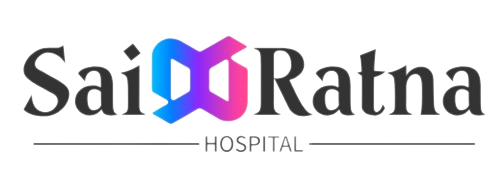Brain Stroke

Brain Stroke
A stroke, also known as a brain attack, occurs when a blood vessel carrying oxygen and nutrients to the brain is either blocked or ruptures. It’s a medical emergency, and prompt treatment is crucial to prevent long-term damage. This guide provides insights into the types, symptoms, risk factors, diagnosis, and treatments associated with strokes.
Types of Stroke
1. Ischemic Stroke
– Caused by a blockage in an artery, often due to a blood clot.
– Conditions like atherosclerosis or blood clots can lead to reduced blood flow.
2. Hemorrhagic Stroke
– Results from the rupture or leakage of a blood vessel.
– Subtypes include intracerebral hemorrhage (within the brain tissues) and subarachnoid hemorrhage (in the space around the brain).
3. Transient Ischemic Attack (TIA)
– Brief decrease in blood supply to the brain, causing temporary symptoms.
– Considered a warning sign for a potential full-blown stroke.
Signs and Symptoms
1. **Difficulty in Speaking and Comprehension:**
– Confusion, slurred speech, and difficulty understanding others.
2. **Paralysis or Numbness:**
– Sudden numbness, weakness, or paralysis, often on one side of the body.
3. **Vision Disturbances:**
– Double vision, blurred vision, or blackening in one or both eyes.
4. **Sudden, Severe Headache:**
– Headache accompanied by vomiting, dizziness, or loss of consciousness.
5. Difficulty Walking
– Sudden dizziness, loss of coordination, or balance issues.
Diagnosis
1. History and Physical Examination
Quick assessment of medical history and neurological status.
2. Blood Tests
Check clotting time, blood sugar, and infection markers.
3. Imaging Tests
– CT scan to locate bleeding or ischemia.
– MRI to identify damaged tissues.
– Carotid ultrasound to assess blood flow.
– Echocardiogram to check for clots in the heart.
Treatment
1. Ischemic Stroke
– Thrombolytic therapy (alteplase) to dissolve clots.
– Mechanical thrombectomy to remove clots.
2. Hemorrhagic Stroke
– Medications to control bleeding and reduce pressure.
– Surgery to remove blood clots or fix damaged vessels.
Complications
– Speech problems (aphasia), weakness, and movement issues.
– Problems with walking, balancing, and partial loss of sensation.
– Difficulty eating or swallowing (dysphagia).
– Depression and bladder control problems.
Rehabilitation and Recovery
– Tailored therapy plans including physical, occupational, and speech therapy.
– Continuation of rehabilitation at home with follow-up visits.
Conclusion
Understanding stroke risk factors and adhering to medical recommendations and lifestyle changes can significantly reduce the chances of stroke occurrence or recurrence. Medications, coupled with lifestyle adjustments, work synergistically to maximize benefits and prevent future strokes. It’s essential to follow prescribed treatments and embrace a healthy lifestyle for optimal well-being.

